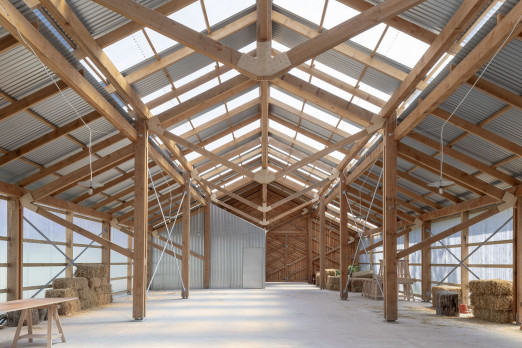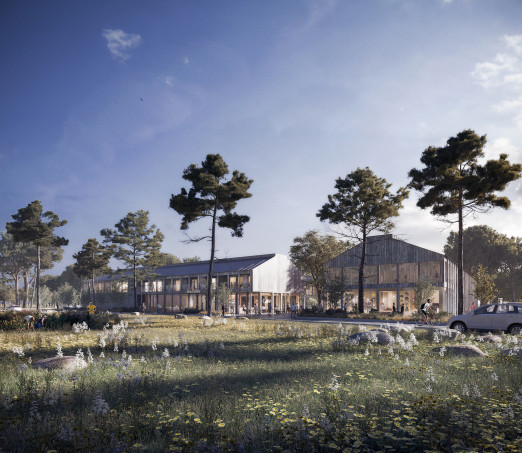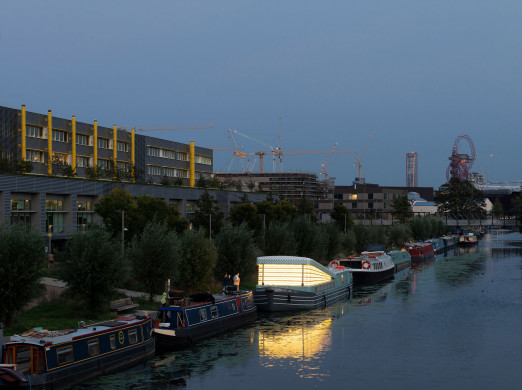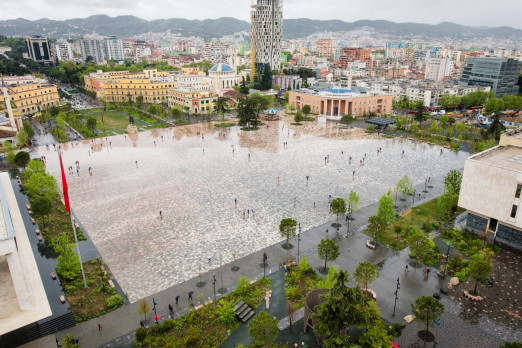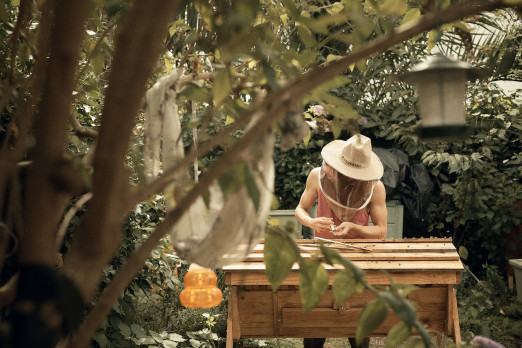The COVID-19 pandemic has seen a sharp rise in homelessness. In 2019 Shelter reported that over 280,000 were living on the streets or in temporary accommodation and the pandemic has only added to this figure. The statistic does not account for the numbers of ‘hidden homeless’ (also known as sofa surfers), which is far too common among those aged 16 to 25 – young people struggling to find stable accommodation to use as a springboard towards their futures. But what can be done to address this issue? To investigate further I spoke to architect Heather Macey, Associate Director at John McAslan & Partners, and teacher at the London School of Architecture. We discussed how design-led solutions can help tackle the lack of suitable accommodation for young homeless people, especially in cities like London.
Macey's involvement began with the ‘Hidden Homeless’ competition, which set out to identify ‘durable, functional and serviceable’ solutions that could be applied to existing sites in London. The winning entry by architectural practice Morris + Company was a vision to transform the disused buildings above York Road station (an abandoned tube stop) into a vibrant space named ‘Stepping Stones’ the name being a vital clue in it being more than just a shelter. The design was holistic in its approach – encompassing accommodation, coworking space and fostering a sense of community. This hits the nail on the head; tackling homelessness does not start and end with providing a bed, you need to provide solutions that integrate a young person back into society, supporting them as a whole person.
Although the winning entry remained conceptual, the ideas generated by the competition sparked other initiatives. Macey went on to found Architects Aware! a London based think tank of built environment professionals. The group shares the common goal of improving homelessness and housing options by taking a ‘whole person’ approach to tackling the issue. Such an approach is key for Macey, who says it is about ‘refusing to look at the problem in isolation’. What young people experiencing homelessness need is a place to stay, to feel safe, receive support and maintain their dignity.
To further amplify the role that design can play here, Macey – alongside fellow Architects Aware! members Miranda MacLaren and Polina Pencheva – won RIBA funding in 2019 to complete a set of guidelines aimed at raising the national standards for the provision of purpose-built emergency accommodation for young people. Split into three volumes, the trio’s research opens with a Manifesto supported by a short film, ‘We Are Not Bad Kids’. Aimed at clearly defining the problem for broad audiences, the film is a powerful tool for change. Ultimately the aim is to ensure there are always options available to young people whose circumstances render them homeless.
Macey singles out the charity Shelter From The Storm (STFS) as embodying many of the changes she and her colleagues want to see embedded in the system. Founded in the London borough of Islington in 2007 by local residents Sheila Scott and Louie Salvoni, its ethos is underpinned by a sense of community and togetherness. This is reflected in the design of the space: an open-plan layout that lends itself to a sense of sanctuary, mutual respect and responsibility among the guests and volunteers who work, eat and live there.
It’s a real-life project that goes beyond being a bed for the night. SFTS supports and cares for each guest as an individual so they can get what they need to progress to their own accommodation, find work and restore their sense of self and purpose. Macey hopes that the guidelines outlined in their manifesto will become part of government policy, building on examples led by charities such as SFTS. As a professional in the built environment, she feels a certain degree of responsibility to challenge the status quo, advocating for change and looking at solutions in her field of architecture and design. Should our government integrate Macey’s proposals into policy, then we can actively see how design can play a vital role in reimagining what emergency accommodation and housing for young people looks like.
Read more:


